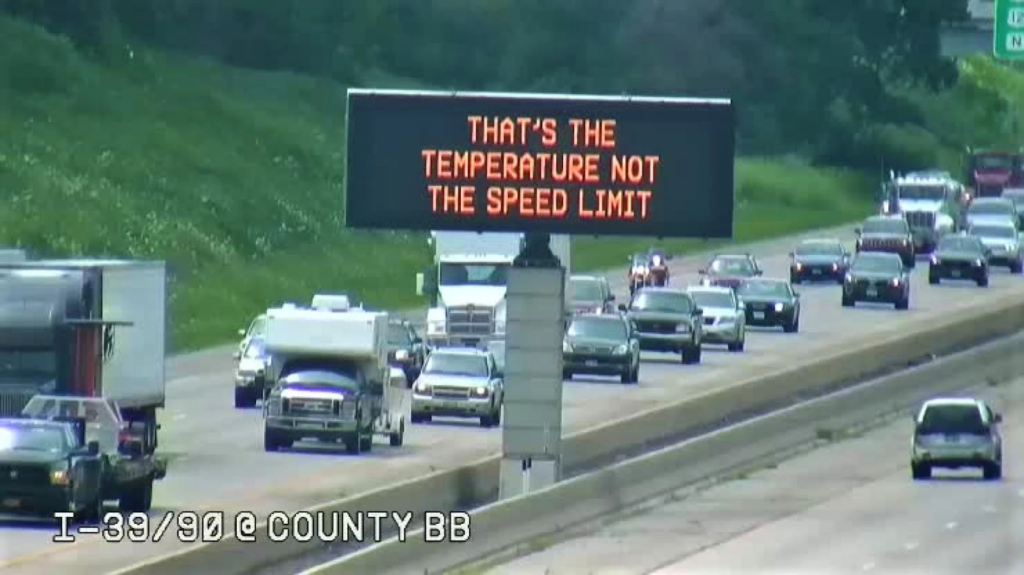
Applications are open for T4America’s smart city collaborative

Today, Transportation for America opened the application process for our national, multi-city collaborative with Sidewalk Labs. This partnership, announced back on June 1st, will help cities use technology to meet their pressing transportation challenges.

When USDOT kicked off the Smart Cities Challenge and over 70 cities from across the country scrambled to put together applications detailing their smart city ambitions, it was clear that Secretary Anthony Foxx at USDOT had tapped into something vital unfolding in cities of all sizes across the country.
As we read through all 78 of those applications this spring, one thing became very clear: It’s really hard to put a finger on precisely what a smart city is right now, and what it means to be one. There are cities that have been opening up massive sets of municipal data to citizens for years allowing them to create apps or brainstorm ways to improve government services. Some cities have found new ways to use their own data to determine where transit services should be provided, but aren’t, and adjust accordingly. Some cities are testing partnerships with shared mobility providers to experiment with adding transit coverage or providing valuable last-mile connections.
Yet there are other cities that are clearly just dipping their toes into this arena, and are swept up to some degree by the availability of the grant money or enamored with technology as an end unto itself — often not yet certain of the specific problem that they’re trying to solve.
So what’s the norm? Where should a city be in relation to their peers?
To help establish a baseline and get a more organized sense of where cities are in this evolution, we’ve also distributed a State of the Smart City benchmarking survey to gather data from cities on the technologies and strategies they currently employ along with the tools they have at their disposal. T4America will use this survey as a baseline to measure the implementation of smart city technologies at both the national level and for individual cities in the coming years.
Whether or not your city is planning to apply to join the collaborative, you can help us get a better picture of your community by completing the State of the Smart City survey.
Our new national collaborative will bring cities into several working groups, each focusing on one aspect of a smart city, such as how to create a level playing field where a tiny startup of students can compete with a massive technology firm to create a new civic mobility app, ensure that new mobility options also serve the unbanked or low-income communities, or deploy congestion pricing in a way that helps provide more transportation options to more people.
The cities in the collaborative will work to develop pilot projects, share successes and failures, and engage with one another to come up with new, creative solutions to the problems at hand. If you and your city are interested in participating in the Smart City Collaborative, please fill out a short application here.
As we build this collaborative over the next few months and hear back from cities that are on varying points of this spectrum, we’ll be starting to coalesce around an idea of what a “Smart City” truly is. We have ideas, but no one has 100 percent of the answers at this point as this idea evolves, and cities should likely be skeptical of anyone who says they do.
We think a smart city is one that uses technology to discover where people are going and where they want and need to go, learns from that information and uses it to create safer, more efficient, and affordable transportation options that accelerate access to opportunity for all of their residents.
Those are our thoughts, but we’re eager to hear your feedback as well.
So what do you think a smart city is? What does a smart city look like? How would you define one in a sentence or two?



